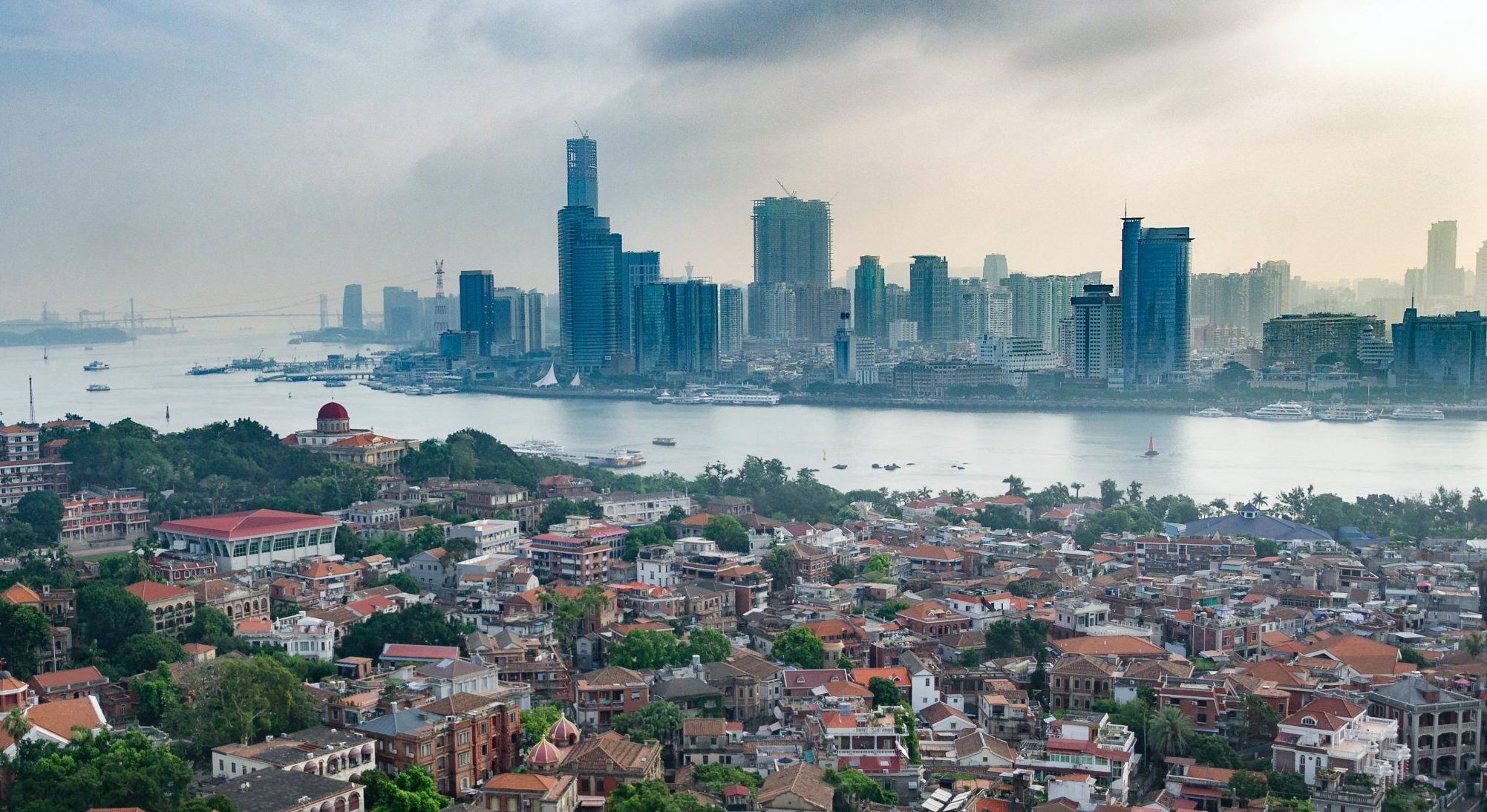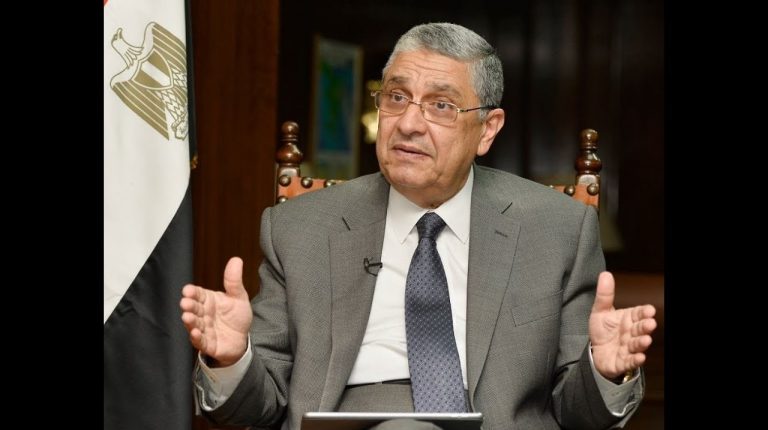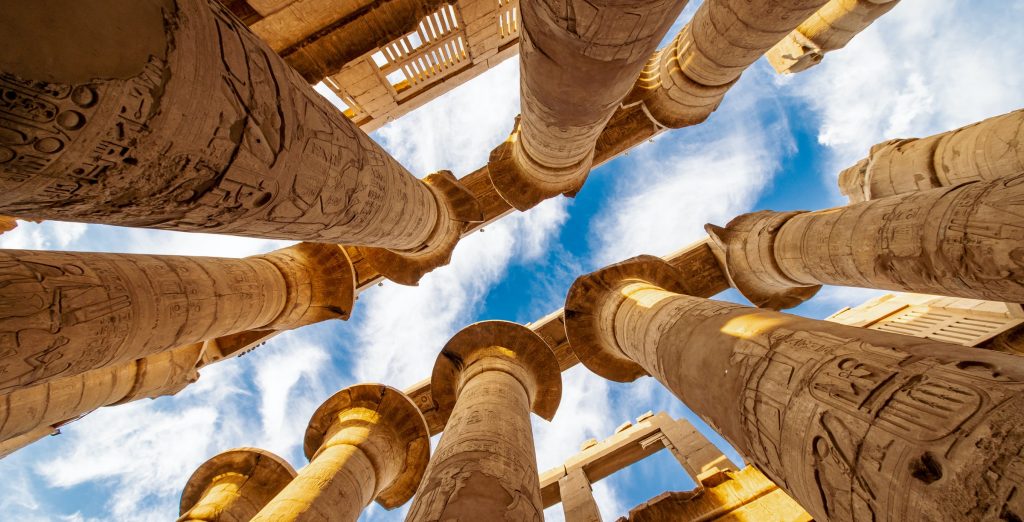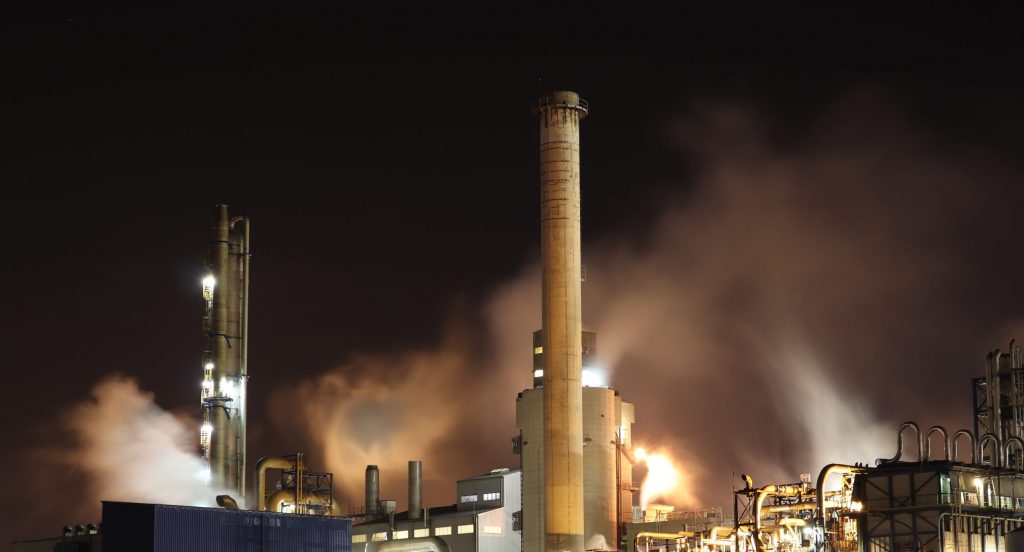In December, U.K. Prime Minister Boris Johnson made the shocking statement that the world might have to “say goodbye” to Alexandria, saying it “will all sink underwater.” Rising sea levels and weather extremes have made it increasingly clear Egyptian cities are under direct threat from climate change. If the pattern continues, parts of the country might become uninhabitable.

Egypt is responsible for 1% of global greenhouse emissions, according to Prime Minister Mostafa Madbouly. And it is striving to be a part of the solution.
The government promoted the New Administrative Capital (NAC) as a modern green metropolis. With its goal of carbon neutrality, focus on green pedestrian areas, and an electric monorail line to Cairo, the vision is for the new city to be environmentally sustainable.
And while there are some efforts toward sustainability in Egypt’s existing cities, according to various government reports, some believe the country should do more. According to National Geographic, sustainable cities are “resilient to natural disasters and protect those in vulnerable situations while also minimizing economic loss.”
Under threat
Recent uncharacteristically severe weather, such as snowfall in Alexandria and other coastal cities and hailstorms in Aswan, stand testament to the changing weather patterns in Egypt. Agricultural towns in the Nile Delta, for instance, are affected by warmer temperatures disrupting growing seasons. Published in 2015, Egypt’s Intended Nationally Determined Contributions (INDC) report, outlines its pledges for the Paris Climate Agreement. It said “sea level rises and saltwater intrusion” threatens 12% to 15% of the most fertile land in the area. Several climate change studies forecast the yields of wheat and maize may drop by as much as 19% by 2050, the report said.
Alexandria, Egypt’s second largest city, a major commercial port with several UNESCO World Heritage sites, is at risk from coastal flooding. AP News and Al-Ahram cite an unnamed 2018 study that predicts “734 square kilometers of the Nile Delta could be underwater by 2050.”
Such a loss of agricultural land would be felt in other cities, according to the INDC report, with migration from the affected areas straining services and budgets elsewhere.
Climate change also is a threat to coral reefs, a major tourist draw for Red Sea resorts in cities such as Sharm El-Sheikh, the report said. It will also inflict “harm … on national heritage sites by higher temperatures and blowing sand.”
Sustaining cities
For its role in the global effort to combat climate change, the government published its Sustainable Development Strategy: Egypt Vision 2030, a roadmap benchmarked to the U.N. Sustainable Development Goals (SDGs). Among them is SDG 11: Making cities and communities sustainable and resilient against climate change.
By 2030, Egypt aims to implement municipal-level improvements that include sustainable transportation systems, integrated settlement planning, air quality and waste management, and green public spaces, according to the Egypt Vision 2030 document. That is in addition to priming cities for implementing mitigation and adaptation policies in line with the Sendai Framework for Disaster Risk Reduction 2015-2030, a strategy that provides “concrete actions to protect development gains from the risk of disaster” according to the U.N. Office for Disaster Risk Reduction.
The Ministry of Environment is also working on several projects and legislation that would contribute to the sustainability of cities. To reduce greenhouse gas emissions and other air pollutants from critical sectors, especially in Greater Cairo, the ministry in September 2020 approved a World Bank-financed Air Pollution Management and Climate Change Project. Its focus is on “air quality improvements and simultaneously mitigate climate change.”
One way to help improve air quality is switching to cleaner modes of transport. In the United States, transportation was responsible for 29% of emissions in 2019, according to the Environmental Protection Agency. Meanwhile, the Department of Transport in the United Kingdom said vehicles on the road accounted for 27% in 2021. In the 2014 World Data Atlas, the last data available for Egypt said transport accounted for 22.5% of the country’s harmful emissions.
Over the past few years, there have been efforts to promote the use of compressed natural gas (CNG), which is significantly cleaner than conventional fuel sources. “It produces 77% less particle emissions, 90% less nitrogen oxides and has an 11% reduction in CO2 emissions,” reported Charné Hundermark in a news article for Energy Capital & Power, Africa’s leading energy investment platform.
In January 2021, President Abdel Fattah el-Sisi inaugurated the Go Green initiative, aiming to replace petrol-fueled cars at least 20 years old with ones that run on CNG. Minister of Trade and Industry Nevine Gamea said the initiative’s target is to replace 250,000 vehicles over three years.
Egypt had more than 4.8 million registered private cars as of 2020, according to the economic analysis database CEIC Data. Cities participating in the initiative include Cairo, Giza, Alexandria and Port Said. In a press conference, Hamdi Abdel-Aziz, a spokesperson for the Ministry of Petroleum, said the ministry plans to roll out 325 natural gas stations this year in addition to the 225 that already offer CNG.
Further city-level transportation improvements include expanding Greater Cairo’s metro system to decrease traffic congestion and emissions. The fourth and fifth phases are planned for the “near future,” according to the INDC report.

Room to grow
While some initiatives are underway to turn existing cities toward sustainability, significant gaps exist between Egyptian towns and cities ranked among the most sustainable. For example, Copenhagen’s Carbon Neutral by 2025 Plan is on track to help Denmark’s capital become the first carbon-neutral city in the world.
Transportation improvements were a cornerstone of that. Copenhagen reduced carbon emissions by 24% between 2005 and 2012, according to the EU website. That resulted from 55% of the city’s residents cycling to work or school and using a subway system voted best in the world in 2008. In addition to its focused greening initiative, Copenhagen launched “22 local green partnerships projects, plus two city garden initiatives and a school garden project” in 2011 and planted over 3,600 trees.
In January, the minister of petroleum and mineral resources told local media that using locally sourced natural gas instead of importing refined oil is a “transitory step.” CNG cars only require a conversion kit retrofitted to petrol-powered vehicles, making them a quick low-cost solution to reducing emissions. On the flipside, EVs are more expensive than conventional vehicles, and carmakers must build them from the ground up. Additionally, charging them can take 20 minutes or more compared to pulling up at a petrol or CNG station to fill up. EVs, however, have zero emissions and are better for the environment in the long run.
The move toward EVs is definitely on Egypt’s horizon, with the government seeking partners to roll out locally manufactured EVs. In December, Public Enterprise Minister Hisham Tawfik told Bloomberg that annual production will increase to 20,000 units over three years and cars will “sell for around $20,000, with half of buyers probably taxi or Uber drivers.” He added, “The private sector will also be offered a 40% role in a new company established to operate pay-to-use charging stations.” The first phase of the project aims for 3,000 charging stations in Cairo and Alexandria and 39,000 more nationwide.
An underutilized aspect of Egypt’s natural resources is the sun. Solar is “one of the cleanest sources of energy; it relies on the planet’s biggest source of energy and is emission-free,” according to the website of SolarizEgypt. Along with Cairo Solar and KarmSolar, SolarizEgypt wants to install rooftop solar panels to power homes and office buildings. In Egypt, “the internal rate of return (IRR) — or how much money you get back for every Egyptian pound you invest in a solar project, is currently at least 25%,” Cairo Solar Managing Director Hatem Tawfik told news portal Enterprise.
There is massive potential for solar energy in Egypt, and the government has built solar farms in remote areas to feed and augment the national grid, according to the Ministry of Electricity and Renewable Energy. For building owners, however, the issue with rooftop panels is cost. The International Energy Agency found “solar power is now the cheapest electricity in history” as of 2020. However, a 2021 study by the Fraunhofer Institute shows that the subsidized cost of natural gas makes solar energy significantly more expensive in Egypt. Tawfik of Cairo Solar told Enterprise this is a considerable expense for the government and that the market will have to reflect the actual cost at some point.
The government’s focus on green growth and investment should shift demand toward solar energy and solar reliance. “The ministry’s priority right now is to work with the rest of the government to create an enabling environment,” Yasmine Fouad, minister of environment, said at an AmCham event in September.
Set to host the 27th Conference of the Parties (COP27) in Sharm El-Sheikh in November, Egypt will have to be “well prepared with answers” regarding climate change efforts, noted the United Nations Framework Convention on Climate Change handbook. “Civil society and the media will raise tough questions on the sustainability aspects of all organizational matters.”







